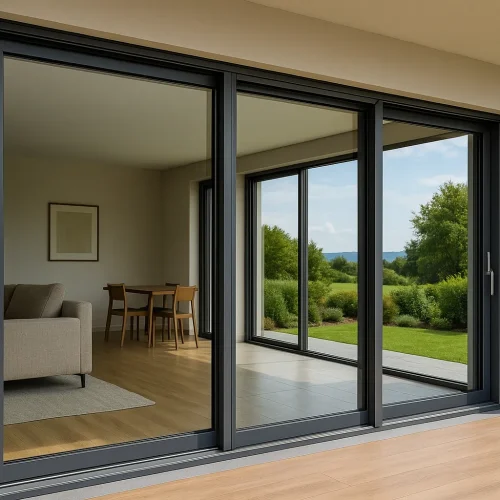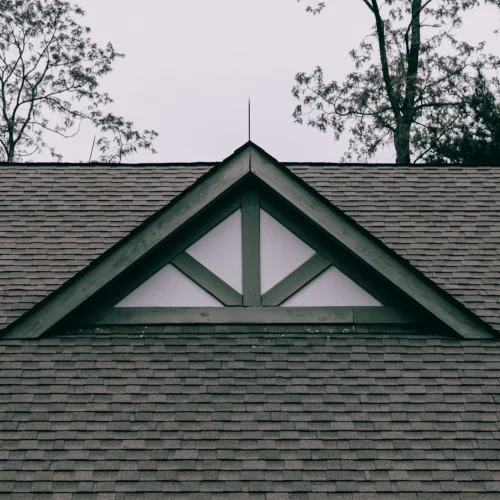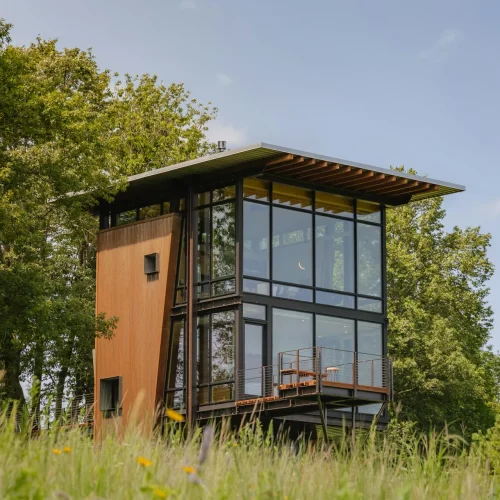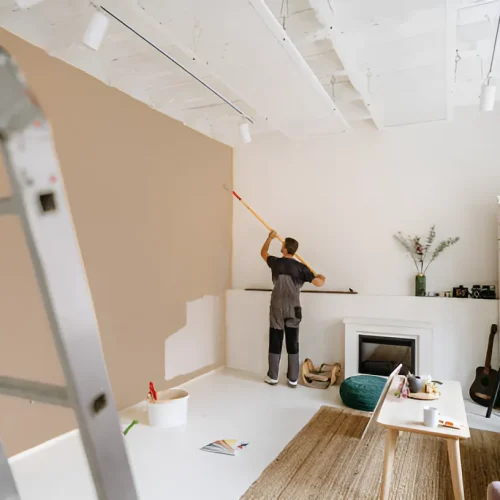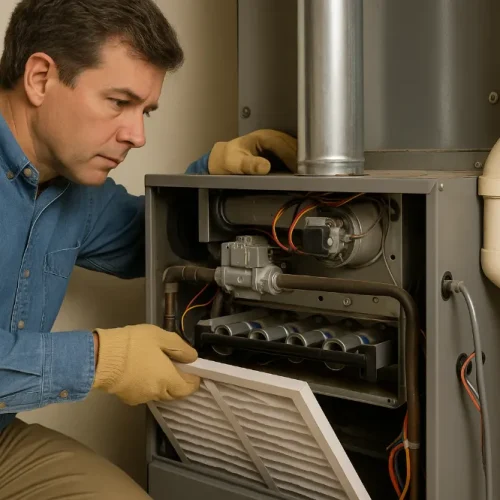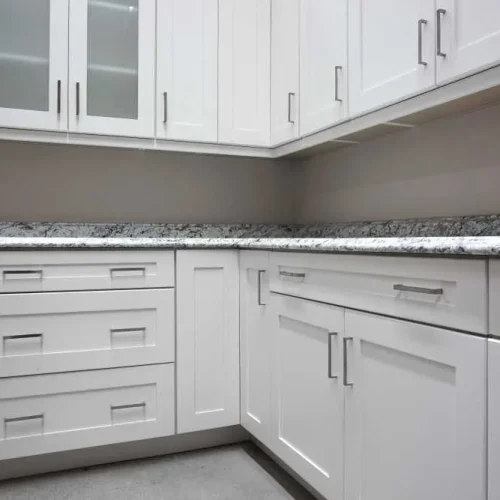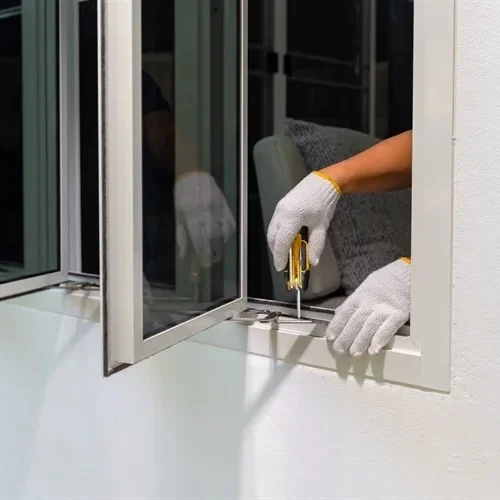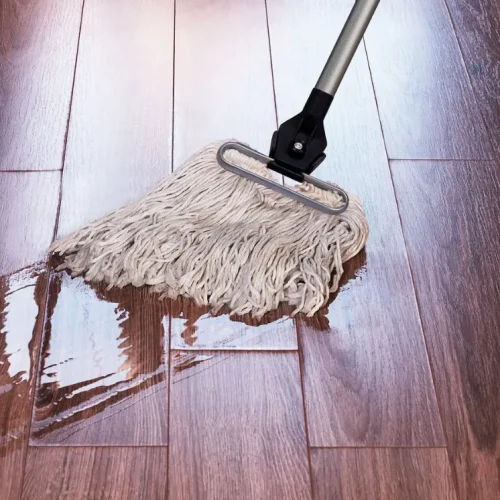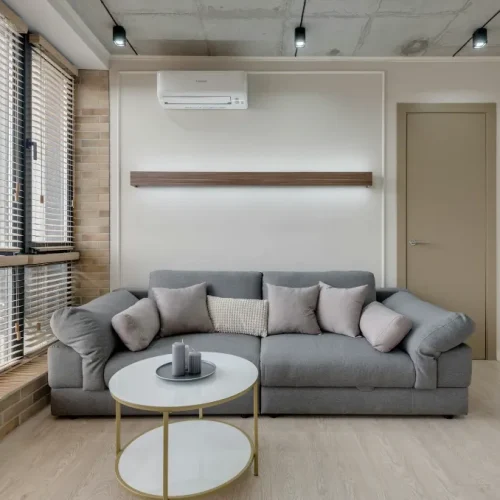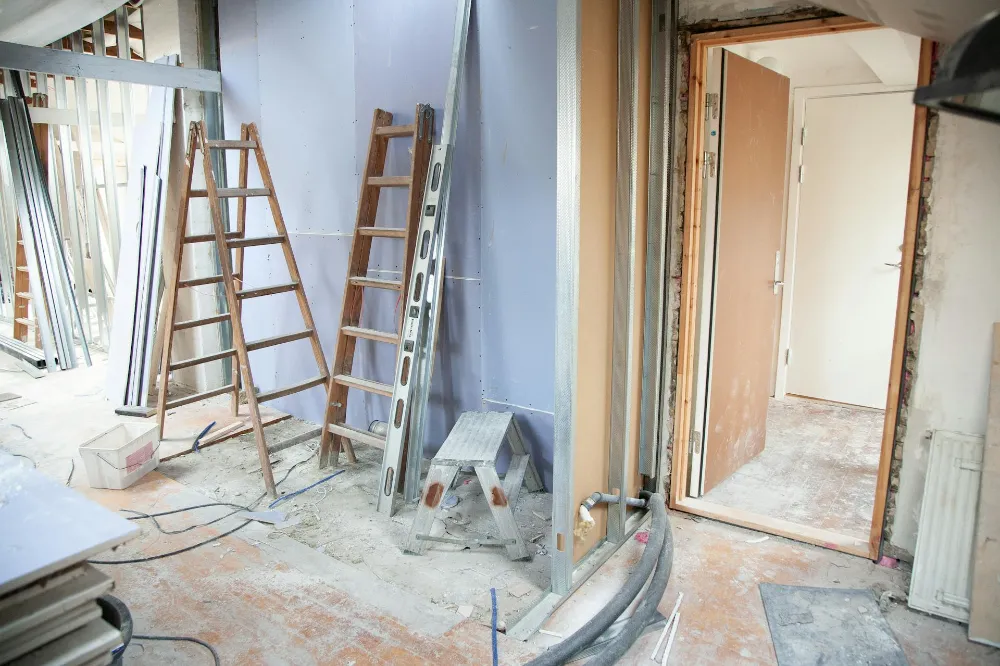
Ever stepped outside during a South Carolina summer, only to return inside and realize your house is somehow hotter than the porch? Between the humidity, sudden storms, and shifting temperatures, homes here take a hit all year long. And while the charm of living in the South is real, so is the wear and tear on the places we live. In this blog, we will share practical, smart steps to keep your home in good shape—no matter the season or the stress.
Start With What You Can’t See
The most expensive repairs don’t usually come from things you can see. They come from slow, silent damage that builds over time. Moisture behind the walls. Drafts you didn’t notice. Pipes that crack just enough to start leaking without anyone realizing. By the time it’s visible, it’s already a problem. Staying ahead of that means starting with the systems beneath the surface.
Routine inspections, even informal ones, give you control. Walk your home with a notepad every few months. Check windows for air leaks. Open cabinets under sinks and look for moisture. Listen for strange noises in the HVAC system. That kind of low-effort awareness doesn’t require a contractor—it requires consistency. You’ll start to recognize what’s normal and what’s not.
One area that deserves extra attention, especially in older homes or homes in transitional climates, is your heating setup. When your system starts making strange noises, takes too long to heat, or just can’t maintain a consistent temperature, it’s not something you want to ignore. Services for heating installation & replacement in Charleston have become more important in recent years as efficiency standards rise and energy costs climb. A high-performing system doesn’t just make winter bearable; it helps stabilize air quality, regulate moisture, and prevent overuse of emergency heating devices that can strain circuits or spike your bill. Knowing when to replace a unit versus when to maintain it can save thousands in the long run—and prevent unexpected breakdowns during cold snaps that are becoming more frequent even in traditionally milder areas.
If your heating system is older than your smartphone, it’s time to evaluate whether it’s still working for your space and your wallet. Investing in reliable infrastructure now creates fewer headaches down the road, especially when paired with the right insulation and airflow adjustments throughout your home.
Protect the Structure, Not Just the Style
It’s easy to get caught up in the visible parts of the house—new cabinets, trendy fixtures, fresh paint. But no amount of interior design hides the damage caused by a compromised roof or foundation. The outside of your home is your first and last line of defense, and keeping it strong pays off every time the weather turns.
Roofs aren’t just shingles. They’re systems of ventilation, flashing, underlayment, and drainage. A loose shingle might not seem urgent, but one heavy storm can turn it into a leak that spreads water down into insulation, drywall, and floorboards. Same goes for your gutters. Letting them fill with leaves and debris doesn’t just make them overflow—it can shift water into places it was never meant to go.
Make roof checks and gutter cleaning part of your seasonal routine. After strong storms, especially those with wind or hail, give everything a once-over. Look at flashing around chimneys and vents. Check for pooling water. And don’t wait for signs of damage inside before taking action outside. Proactive care protects your home’s skeleton. It keeps everything else inside working as it should.
The same logic applies to your foundation. Cracks in concrete don’t always mean danger, but they do require attention. Watch for shifts in your walls, sloping floors, or doors that stop closing properly. These signs often point to changes in the ground beneath your house. If caught early, stabilization can be straightforward. If left alone, it becomes expensive and intrusive. As always, timing matters more than the size of the problem.
Treat Your Home Like a Living Thing
Houses respond to how we treat them. If you leave a space shut too long, it gets stale. If you ignore air filters, dust builds fast. And if you wait too long to fix a squeaky hinge, it eventually becomes a stuck door. Maintenance isn’t about perfection. It’s about small, steady adjustments that keep the home breathing, flowing, and adapting to your needs.
Ventilation plays a huge role here. Keeping air moving—especially in tight or enclosed spaces—prevents mold, balances temperature, and improves overall comfort. Run exhaust fans when cooking or showering. Open windows when the weather allows. And clean out vents that collect dust or debris. Airflow isn’t something you feel until it stops working. That’s when your house starts to feel off, even if you can’t name exactly why.
Lighting is another area where maintenance meets experience. Replacing burnt-out bulbs isn’t just a task—it’s a chance to rethink how a space functions. A dim room becomes more usable with the right LED upgrades. Overly bright hallways feel more welcoming when softened with warmer light. Energy-efficient lighting also cuts long-term costs and reduces strain on older electrical systems.
Treating the home like a living space—not just a backdrop—shifts your mindset. You stop waiting for something to break and start listening for what needs tuning. That habit helps you catch things early. And the earlier you catch them, the cheaper and simpler the fix.
Consistency Over Perfection
The biggest lie in home maintenance is that you have to get everything right, all at once. The truth is, no one does. Homes are never finished. There’s always something else to fix, adjust, upgrade, or figure out. The key is staying engaged—not overwhelmed.
Set a schedule that matches your lifestyle. Monthly, seasonal, or annual check-ins. Focus on high-impact areas first, then branch out. Track what you’ve done and what’s next. Over time, the work stops feeling like a chore and starts feeling like stewardship. Your house becomes something you know, not just something you live in.
And the more you know it, the more it works for you—not against you.
The goal isn’t perfection. It’s a home that holds up, responds well, and makes daily life smoother. That starts with awareness, builds through smart upgrades, and lasts through consistent attention.
If you keep showing up for your home, it will keep showing up for you.
Common Questions
Because hidden issues like leaks, drafts, or failing systems often cause the most expensive repairs if left unchecked.
A quick walk-through every few months helps you spot small problems before they turn into costly repairs.
If your unit is older, inefficient, or struggling to maintain temperature, it’s smart to evaluate replacement options.
They protect your home’s structure from water damage, which can spread quickly if ignored.
Watch for cracks, sloping floors, or doors and windows that stop closing properly—these may point to shifting ground.
Good airflow prevents mold, balances temperature, and keeps the home comfortable and fresh.
No—home maintenance is about consistency. Regular small steps are more effective than trying to do it all at once.


